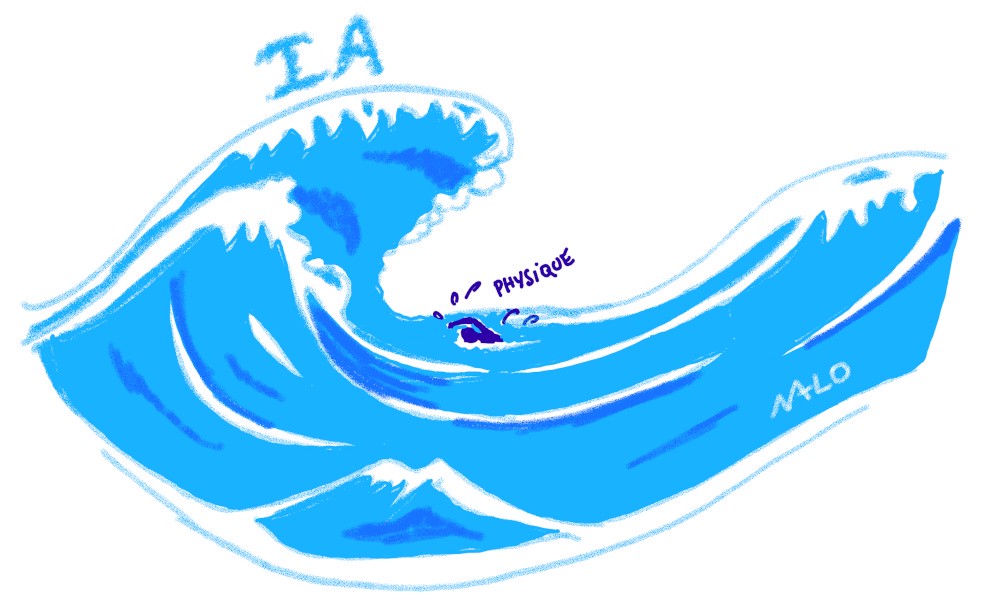Overview
With an original positioning across Computer Graphics and Computational Mechanics, the ELAN team strives to model, simulate and understand the physics of visually rich mechanical phenomena, such as cloth folding, ribbon coiling, plant growth, granular flowing, or hair entangling. Target applications encompass the digital entertainment industry (e.g., feature film animation, special effects), as well as virtual prototyping for the mechanical engineering industry (e.g., aircraft manufacturing, cosmetology); though very different, these two application fields require predictive and scalable models for capturing complex mechanical phenomena at the macroscopic scale. An orthogonal objective is the improvement of our understanding of natural physical and biological processes involving slender structures (such as plant growth, granular flows, DNA supercoiling), through active collaborations with soft matter physicists.
The ELAN team is focussed on four main research axes:
- The numerical modeling of slender elastic structures (rods, ribbons, plates, and shells), especially when prone to large displacements and various boundary conditions, at the origin of buckling
- The discrete handling of frictional contact problems, within the framework of nonsmooth contact mechanics
- The modeling, analysis and solving of inverse elastic design problems with applications in non-invasive parameter estimation.
- The physical understanding of collective behaviours originated from a microstructure (such as a large collection of thin rigid and/or elastic bodies), and the connection between micro and macro physical properties. Typical examples encompass fibrous and granular materials, and mixtures of the two.
To achieve its goals, the team has adopted a transverse approach, striving to master as finely as possible the entire modelling pipeline, from the mechanical modelling of phenomena to the discretisation of related equations, their numerical solving, and their validation thanks to some quantitative confrontation against lab experiments and theories. This modelling approach, purely guided at each step by physical principles, involves a pluridisciplinary combination of scientific skills across Mechanics and Physics, Applied Mathematics, and Computer Science.

What's new
David Breen visiting our Elan team
Nonsmooth mechanics: from France to Hollywood
A mediation paper, written from interviews of Florence Bertails-Descoubes, Bernard Brogliato and Gilles Daviet, traces back the success of nonsmooth mechanics for handling contact and friction in feature film movies. Nonsmooth mechanics was especially developed thanks to the pioneering work of Jean-Jacques Moreau in Montpellier, France (mainly for applications to…







